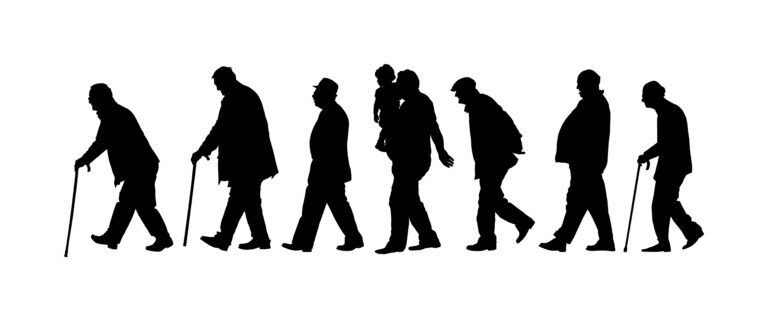Fencing, also known as the “sport of kings”, has been around for centuries as a form of combat and self-defense. However, in modern times it has evolved into a competitive sport that requires not only physical agility, but also strategic thinking and cognitive skills.
On the surface, fencing may seem like a simple game of sword fighting, but in reality, it is much more than that. Fencers must possess quick reflexes, coordination, and strength, but what sets apart a good fencer from a great one is their ability to think strategically and outwit their opponent.
One of the main aspects of fencing that engages strategic thinking is the use of different techniques and strategies. Fencers must constantly adapt to their opponent’s movements and come up with new tactics to gain the upper hand. This requires them to think on their feet and make split-second decisions. In fact, fencing is often described as a physical chess match because of the need for strategic planning and positioning.
Furthermore, fencing also demands a high level of cognitive skills. Fencers must be able to anticipate their opponent’s moves and react accordingly. This requires a great deal of mental focus and concentration. Fencers are trained to pay attention to every minute detail, from their opponent’s body language to the sound of their breathing, in order to gain an advantage.
In addition, fencing also incorporates elements of problem-solving and decision-making. Fencers must analyze the situation at hand and come up with the best course of action. They must also be able to adapt quickly to any unexpected changes in the game. This not only helps them in their fencing matches but also sharpens their overall problem-solving skills.
Another important aspect of fencing that engages strategic thinking and cognitive skills is the use of different weapons. There are three main weapons used in fencing: foil, epee, and sabre. Each weapon has its own set of rules and techniques, requiring fencers to think strategically and adapt their style of play accordingly.
Moreover, fencing also teaches fencers to stay calm under pressure. In a match, fencers must remain composed and focused, even when facing a difficult opponent. This not only requires strong mental resilience but also hones their ability to stay calm and think rationally in any high-pressure situation.
Besides the physical and mental benefits, fencing also teaches important life lessons. Fencers learn the value of discipline, hard work, and perseverance. Training for fencing requires hours of practice, dedication, and determination. Fencers must also learn to gracefully accept defeat and learn from their mistakes. These qualities not only make them better fencers but also better individuals in all aspects of life.
In conclusion, fencing is more than just a physical sport; it engages strategic thinking and cognitive skills. It requires fencers to constantly think on their feet, adapt to new situations, and make quick decisions. Fencing not only improves one’s physical abilities but also teaches valuable life skills. So, whether you are looking to improve your strategic thinking or just want to try something new, fencing may be the perfect sport for you. As the saying goes, “fencing is not just a sport, it’s a way of life”.





